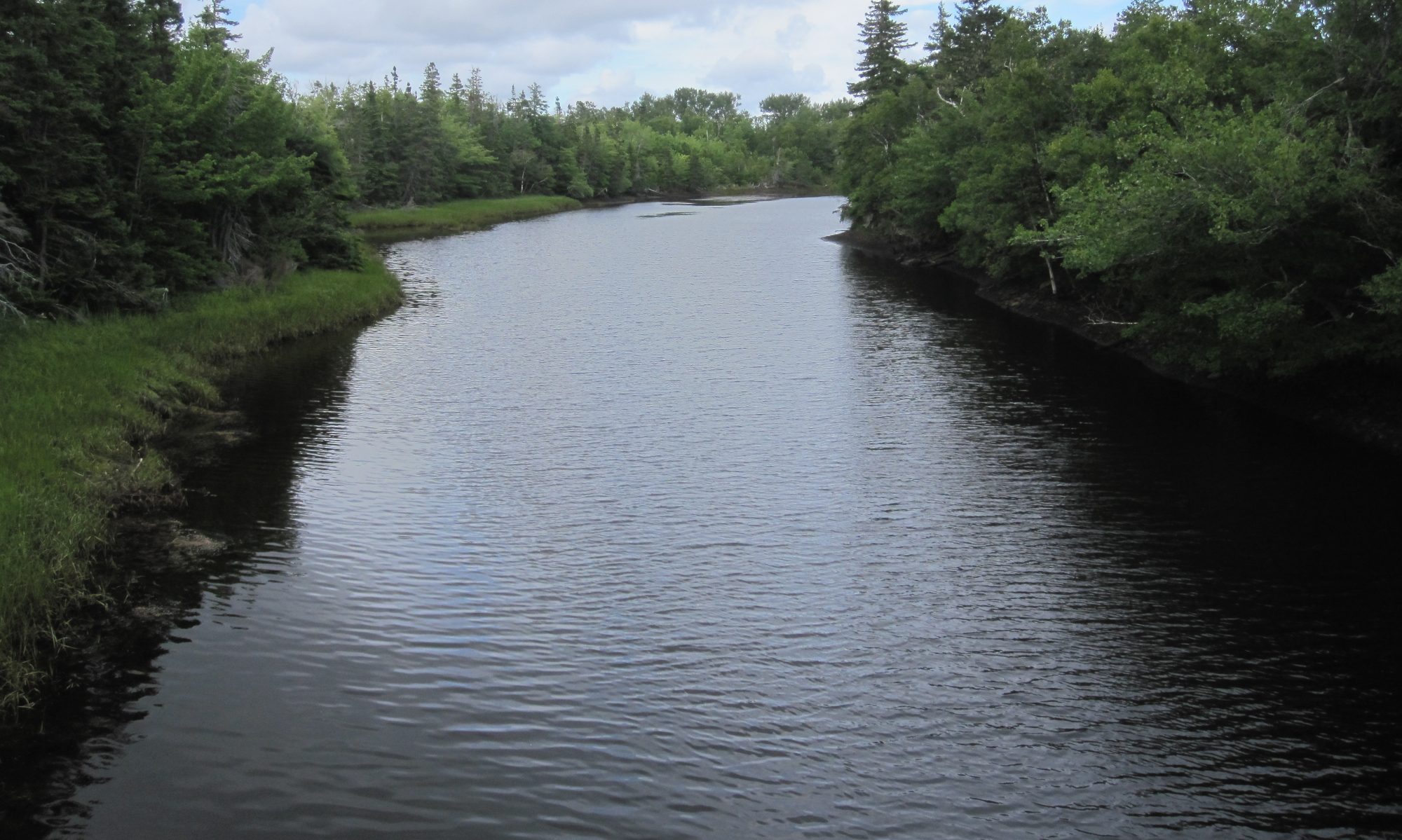Last week I was encouraged to see an article on CBC that highlighted recent research into organic farming by Agriculture Canada here on PEI. Of particular interest was the emphasis on cover crops and getting legumes into the rotation. Regardless of whether one is practicing organic agriculture or not, the emphasis on practices and crops that build soil health is important. I am reminded of the very readable recent book by David R. Montgomery — « Growing a Revolution: Bringing Our Soil Back to Life« . Montgomery outlines how the same principles apply around the world: the combination of no-till planting, cover crops, and diverse crop rotations provides the essential recipe to rebuild soil organic matter. In other words, practices based on the principles of conservation agriculture help restore soil health and productivity. He visits farmers around the world who have found it possible and profitable to adopt practices that are good for farmers AND good for the environment.
A few days later, I came across this news item on recent research about the impact of agriculture on soil carbon and carbon emissions (http://news.trust.org/item/20170822090104-pvx5l/). The news item is based on a recent article in PNAS: « Soil carbon debt of 12,000 years of human land use » by Jonathan Sanderman, Tomislav Hengl, and Gregory J. Fiske (PNAS 2017 ; published ahead of print August 21, 2017, doi:10.1073/pnas.1706103114). Here are links to the abstract (http://www.pnas.org/…/early/2017/08/15/1706103114.abstract), Full Text (http://www.pnas.org/…/early/2017/08/15/1706103114.full.pdf) and Supporting Information (http://www.pnas.org/…/15/1706103114/suppl/DCSupplemental). In his book, Montgomery outlines principles and gives examples of farmers who are reversing this trend by rebuilding soil carbon through the adoption of appropriate climate-resilient conservation agriculture practices.

